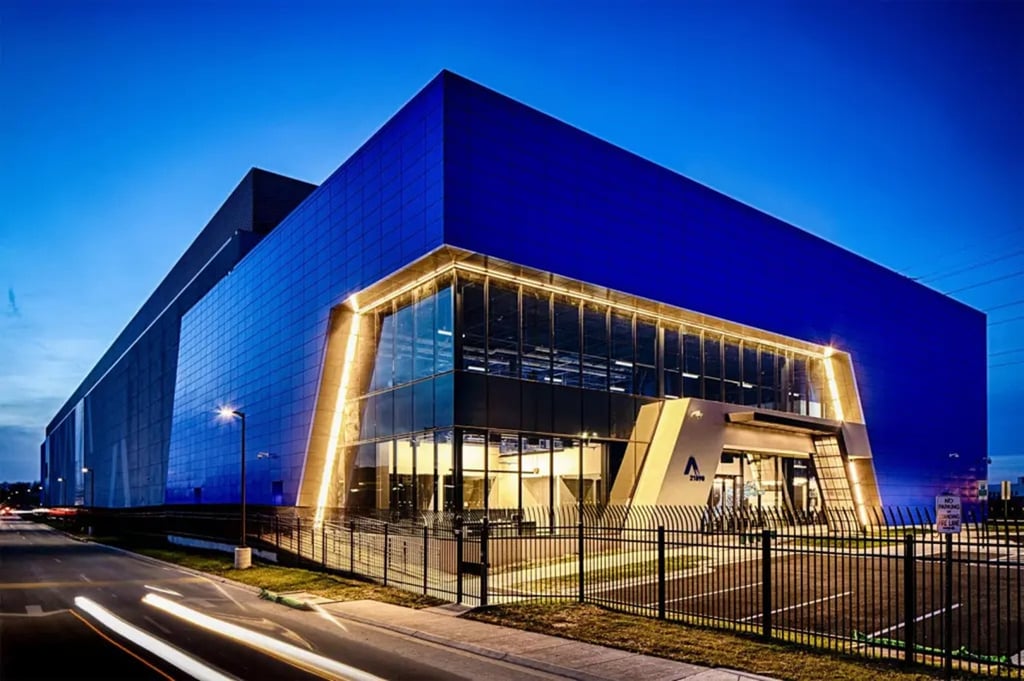Datamation content and product recommendations are
editorially independent. We may make money when you click on links
to our partners.
Learn More
Initially, the thin client effort was created to take the PC market away from the existing companies that dominated it. As a result, neither Intel nor Microsoft backed it.
But over the last decade, things have changed. Both Sun’s and Oracle’s thin client efforts failed, and Dell and HP took the market over quietly through acquisition. Recently, two Intel competitors jumped in this market with both feet, and Microsoft’s biggest competitor, Google, developed a platform for it. Even Microsoft itself—through offerings like Office 365—appears to be embracing a cloud-delivery model consistent with thin clients.
Suddenly, we actually are ramping up to a thin client model.
Interesting thing though, it isn’t IT leading the way—it is computer gaming and tablets, which may be the perfect thin client hardware for the near term.
Gaming Leading the Way to Mainframe2
While a number of cloud gaming companies have come to market after OnLive’s launch, OnLive was the first to demonstrate that you could get the necessary performance to play a first-person shooter that was hosted remotely. They were also the first to offer the option of running other applications like Microsoft Office as a service.
Since then, companies like Mainframe2 have positioned themselves to provide workstation-class applications (Adobe to CAD) from a hosted environment. This has eliminated much of the cost of deploying a thin client solution, which used to require a massive investment in networking hardware prior to beginning an even more expensive installation of client and server hardware.
Because gaming solutions have to run on existing telephone and cable networks and use either low-cost (under $100) or existing set top boxes or tablets. The result is that the upfront cost has largely been eliminated.
NVIDIA and AMD Jump On Board
At back-to-back events, both AMD and NVIDIA announced hardware to host high-performance desktop computing from the cloud. Currently NVIDIA’s VCA Appliance stands out as uniquely well designed for this new use.
Initially, most companies focused on supporting the client, but still used traditional servers or PC blades to provide the services. The first simply didn’t have the I/O needed to provide a cost effective hosted desktop solution. And the second didn’t scale particularly well, largely due to a combination of low volume and a lack of R&D needed to create the specialized hardware which could dynamically shift loads based on use.
In short, the last missing link was to have the at least one of the PC processor vendors being designing a solution to meet this need. Fortunately, both NVIDIA and AMD stepped up.
Tablets: the Perfect Client
The first thin client efforts typically required client hardware that was as big as, and often more expensive than, the PCs they were designed to replace. The argument back then was that the savings in support would justify the massive additional cost. IT didn’t buy that argument for a ton of reasons.
Then, even though the hardware got far cheaper, so did PCs. And employees became mobile, making the old solutions, which generally required wired connections, even less attractive.
But these latest efforts are designed to work with tablets, which increasingly have USB and HDMI ports for better control and larger screens. Suddenly there is a client that can scale from the mobile world to the desktop, putting in place the final ingredients to our recipe for next generation computing.
Wrapping Up: Ingredients Waiting for the Perfect Chef
Ideally, either Dell or HP would become the beneficiary of all this work. But HP is focused on a turnaround and other efforts right now, and Dell is trying to execute a leveraged buyout. That means it is equally likely that a company like Lenovo or even Amazon could put the parts together first and have the first thin-client solution that could change the market.
We have all the parts, we are just waiting for a company like Mainframe2 to be bought by a major player, or for a major player to cook up that perfect thin-client feast.
-
Huawei’s AI Update: Things Are Moving Faster Than We Think
FEATURE | By Rob Enderle,
December 04, 2020
-
Keeping Machine Learning Algorithms Honest in the ‘Ethics-First’ Era
ARTIFICIAL INTELLIGENCE | By Guest Author,
November 18, 2020
-
Key Trends in Chatbots and RPA
FEATURE | By Guest Author,
November 10, 2020
-
Top 10 AIOps Companies
FEATURE | By Samuel Greengard,
November 05, 2020
-
What is Text Analysis?
ARTIFICIAL INTELLIGENCE | By Guest Author,
November 02, 2020
-
How Intel’s Work With Autonomous Cars Could Redefine General Purpose AI
ARTIFICIAL INTELLIGENCE | By Rob Enderle,
October 29, 2020
-
Dell Technologies World: Weaving Together Human And Machine Interaction For AI And Robotics
ARTIFICIAL INTELLIGENCE | By Rob Enderle,
October 23, 2020
-
The Super Moderator, or How IBM Project Debater Could Save Social Media
FEATURE | By Rob Enderle,
October 16, 2020
-
Top 10 Chatbot Platforms
FEATURE | By Cynthia Harvey,
October 07, 2020
-
Finding a Career Path in AI
ARTIFICIAL INTELLIGENCE | By Guest Author,
October 05, 2020
-
CIOs Discuss the Promise of AI and Data Science
FEATURE | By Guest Author,
September 25, 2020
-
Microsoft Is Building An AI Product That Could Predict The Future
FEATURE | By Rob Enderle,
September 25, 2020
-
Top 10 Machine Learning Companies 2020
FEATURE | By Cynthia Harvey,
September 22, 2020
-
NVIDIA and ARM: Massively Changing The AI Landscape
ARTIFICIAL INTELLIGENCE | By Rob Enderle,
September 18, 2020
-
Continuous Intelligence: Expert Discussion [Video and Podcast]
ARTIFICIAL INTELLIGENCE | By James Maguire,
September 14, 2020
-
Artificial Intelligence: Governance and Ethics [Video]
ARTIFICIAL INTELLIGENCE | By James Maguire,
September 13, 2020
-
IBM Watson At The US Open: Showcasing The Power Of A Mature Enterprise-Class AI
FEATURE | By Rob Enderle,
September 11, 2020
-
Artificial Intelligence: Perception vs. Reality
FEATURE | By James Maguire,
September 09, 2020
-
Anticipating The Coming Wave Of AI Enhanced PCs
FEATURE | By Rob Enderle,
September 05, 2020
-
The Critical Nature Of IBM’s NLP (Natural Language Processing) Effort
ARTIFICIAL INTELLIGENCE | By Rob Enderle,
August 14, 2020
SEE ALL
DATA CENTER ARTICLES



